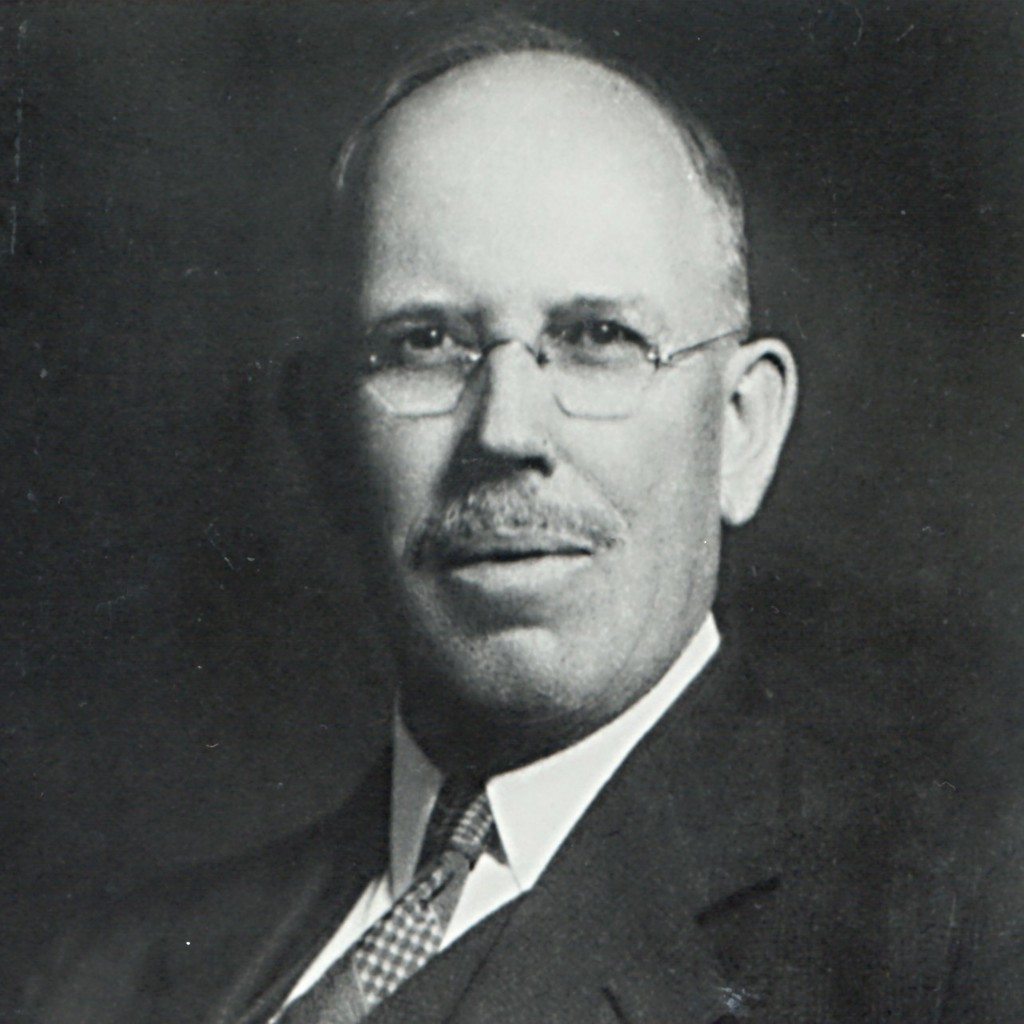Roswell Clifton Gibbs
Roswell Clifton Gibbs

Source: AIP Emilio Segrè Visual Archives
1937 OSA President Roswell Gibbs was born in Hume, New York, USA, in 1878. He began his studies in physics at Buffalo State Normal School, USA, and in 1903 won a scholarship to Cornell University, USA. By 1910, he had earned his Ph.D. in physics. He remained at Cornell as an instructor and then professor of physics.
A spectroscopist, Gibbs research interests centered on luminescence, absorption spectra of organic compounds in solution, extreme ultraviolet spectra of isoelectronic sequences, multiple and hyperfine structure of spectra, fine structure of lines in spectra of hydrogen and deuterium, and determination of the charge-to-mass ratio of the electron from the interval between the hydrogen and deuterium alpha lines.
Gibbs published his work chiefly in spectroscopy journals and although he was an active OSA member his work never appeared in JOSA. Soon after both Heisenberg and Schrödinger established their methods of quantum mechanics, Gibbs applied those methods to spectroscopy. In 1928 with Harvey White he published a detailed text on how to identify spectral lines of many molecules.
After retiring from Cornell in 1946 as chair of the physics department he took on the chairmanship of the National Research Council’s Division of Mathematical and Physical Sciences. A few years later he assumed an additional position as chairman of the advisory committee to the Army Office of Ordnance Research. From the mid-1950s until 1961 Gibbs was consultant to the XRC's Nuclear Data Project and supervisor of its exchange-visitor program. For several years he co-edited the Directory of Nuclear Data Tabulations.
Gibbs was a fellow of APS, OSA, and the American Association of Physics Teachers (AAPT). He served as president of AAPT and served on AIP’s Governing Board.
Gibbs died in 1966.
Document Created: 26 July 2023
Last Updated: 18 July 2025
